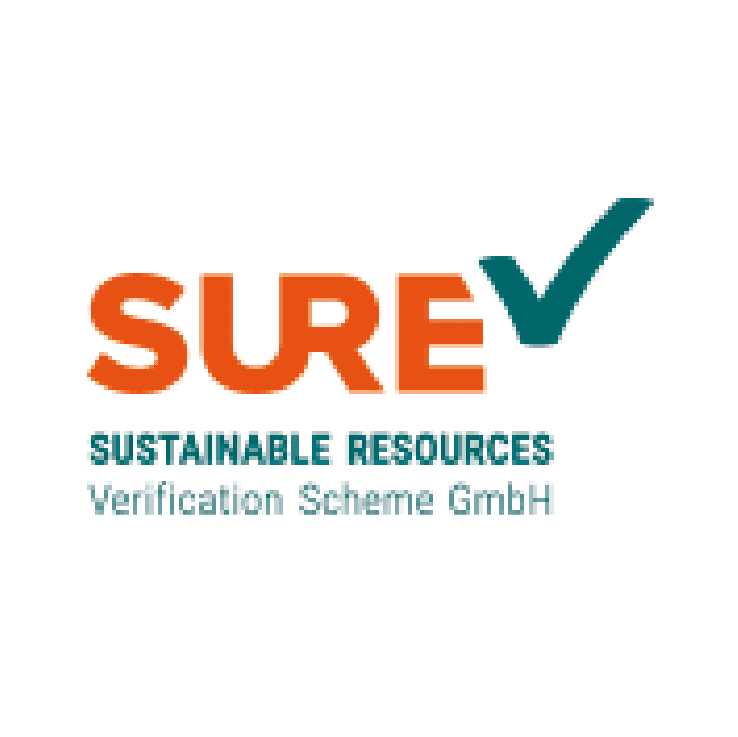Bioenergy Sustainability Review: Untie our feet so we can run a good race
A Bioenergy Sustainability Policy without clear and workable definitions to ensure biomass is sourced and used sustainably means running the race to 2030 and beyond with our feet tied together.
Sustainably sourced biomass and its efficient use for energy applications is a key part of the EU delivering on its climate ambitions, consistent with both the 2018 IPCC special report and the European Commission’s own models underpinning the Fit for 55 Package and Green Deal.
Building upon this need for increased bioenergy input in the coming years, the European Commission has developed a strengthened sustainability policy to mitigate any associated risks to biodiversity.
Currently, EU Member States have not yet finished transposing the preceding REDII criteria on biomass sustainability, meaning there has been no feedback period on the impacts of these changes. As with many other similar policy evolutions, such a feedback period and its resulting, evidence-based policy refinements inevitably lead to clearer, more workable policies.
The bioenergy sector is well-placed helping Europe run a good race towards its Fit for 55 goals and beyond. That said, the current policy review on bioenergy sustainability presents a real risk of starting this ever more important race with our feet tied together. If the current policy review wants to ensure that biomass is sourced and used sustainably, it must provide clear and workable definitions so that a willing and capable bioenergy sector can successfully operationalise the resulting requirements.
Clear and workable means a risk-based approach (RBA), adequate time and the right level of regulatory certainty.
The EU needs to maintain this approach as the core principle of biomass sustainability compliance, for best combining efficiency and sustainability.
Why risk-based? As recognised by the OECD, this methodology produces a clear win-win: For the environment through minimised risk of negative environmental impact, and for market operators by providing a more effective, pragmatic regulatory framework that lowers excessive red tape.
The EU also needs to ensure via a phasing in of the requirements that all market players, from leading companies to the many SMEs, have adequate time to comply with the new requirements. Sufficient time is also needed to develop, evaluate, and mainstream the necessary tools to verify this compliance.
In parallel, the EU needs to provide the right level of regulatory certainty that any market needs to facilitate its all-important current and future investment. This means avoiding any retroactive changes.
Building on this clear and workable approach, we have five clear opportunities to further evolve the European Commission’s proposed review of Bioenergy Sustainability Policy:
-
- Protect highly biodiverse and carbon-rich environments in the most effective way
- Protect highly biodiverse and carbon-rich environments in the most effective way
Such areas should be included under the risk-based approach in former Article 29(6). The Commission’s current proposal is based on a methodology developed for agricultural land use rather than forest, which is not the best fit in this case.
Empowering Member States to legislate themselves with a proven risk-based approach will properly ensure both a high level of environmental protection and operability for market players of all sizes.
Equally, definitions of these areas should be unambiguous, and based on existing international-level classifications as well as in accordance with the definitions and mapping in use at Member State level.
-
- Keep forestry as a Member State competence
- Keep forestry as a Member State competence
Consistent with the subsidiarity principle, national, regional, or local authorities, including those of third countries, should deal with provisions regulating specifics of sustainable forest management, rather than European energy legislation. This is consistent with the recent Council conclusions on the Forest Strategy that clearly stated, “a one-size fits all approach to forests in the EU may prove counterproductive.”
Minimising impacts on biodiversity and soil quality is essential. Any such requirements need to work for all forest types, irrespective of where in the world the biomass originates.
This means basing definitions on existing and widely accepted ones that can be applied locally, and ensuring the related tools are detailed at the national, regional, or local level to make sure the policy actions really deliver.
-
- Guidance represents the optimal pathway to preventing undue raw material distortions
- Guidance represents the optimal pathway to preventing undue raw material distortions
It is important that markets have the necessary flexibility to adapt to local conditions in different Member States and are not unduly burdened by excessive regulations.
For this reason, a guidance is a better policy tool to influence the market than a delegated act which risks creating disruptions all along the forest value chain.
The European Commission has previously seen fit to regulate this matter with a guidance as demonstrated by issuing the 2018 Guidance on cascading use of biomass.
-
- Proportional requirements for operators’ administrative capacity
- Proportional requirements for operators’ administrative capacity
Lowering the exemption threshold to cover smaller biomass plants (from 20 MW to 10 MW thermal capacity) would certify the sustainability of a larger portion of biomass, while importantly avoiding undue regulatory burdens and disproportionate costs of compliance for the smallest market actors with scarce administrative capacity.
Yet, the impact of such policy decision should be properly addressed and assessed: In addition to the number of plants covered by the sustainability requirements, the policy framework built should also consider the impact on business choices, value chains and the willingness of small and medium enterprises to decarbonise their energy consumption and invest in circularity.
-
- Facilitate sustainable growth of bioenergy via strong regulatory certainty
- Facilitate sustainable growth of bioenergy via strong regulatory certainty
The EU needs a sustainable growth of bioenergy in the coming decades to help achieve the energy transition, which in turn means providing a stable legal framework to ensure a sufficient level of trust for businesses and investors.
Consequently, any retroactive measures such as introducing GHG savings criteria would prove heavily counterproductive.
We are now faced with a real opportunity: The current review of the Bioenergy Sustainability Policy can still ensure that biomass is not only sourced and used sustainably, but that a willing and capable bioenergy sector can successfully operationalise the resulting requirements.
Clear and workable definitions, a risk-based approach, adequate time and the right level of regulatory certainty would enable Europe to run its best race to a more sustainable future with our feet fully untied.
Read the article on Euractiv.
Related Posts
No related photos.




